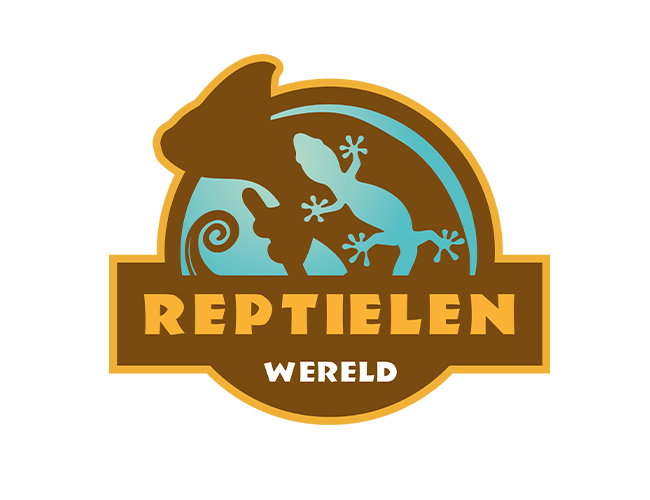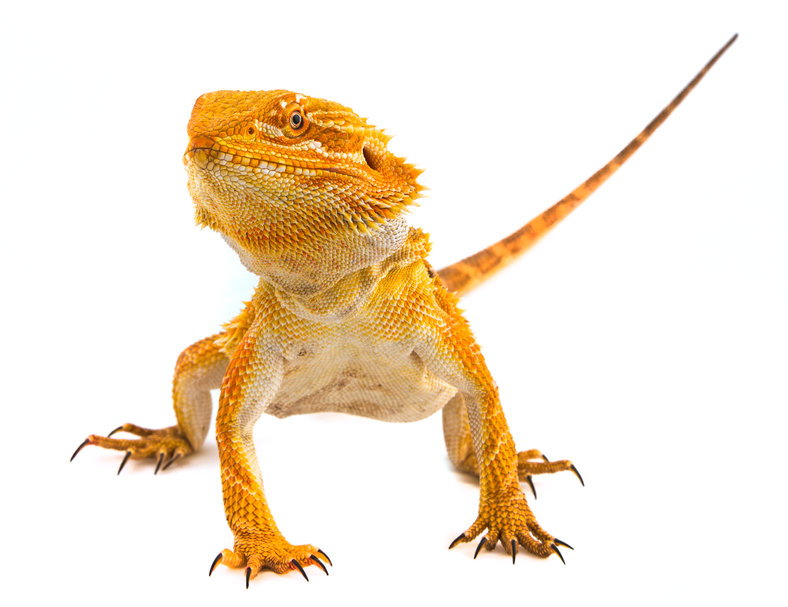
bearded dragon



bearded dragon
Name Dutch: bearded dragon
Scientific name: Pogona Vitticeps
Origin: From South Australia to Central Australia
Age: Average 15 Years
Height: Up to 35 to 45 cm
Day temperature: Air 27-35 gr. C 35-40 gr below the spot
Humidity: 40-50%
Birth: Egg laying. These hatch after about 60 days.
Activity: Day active
Legislation: None
Climate: Savannah
Stay: Terrariums
Heat place: 35-40°c
Night temperature: 20 ° c
Minimum size: 120 x 50 x 50 cm



Description
Bearded dragons are originally large and coarse animals and can grow up to 60 cm in nature. Because the animals are only native to Australia (in warm and dry areas such as desert (outback) and savanna), fresh bloodline can no longer be introduced. The country has a very strict export profession. This affects animals so that the agams have become slightly smaller after each generation.
Adults have a large head with clearly visible ear canals on both sides of the head. Below and above the ear canals are rows of coarse spines. If the animal is attacked when excited it will widen and the bottom of its throat will turn black and it will expand. What looks like a beard and hence the name bearded dragon. A row of spines runs along both flanks of the body, but if you pick up the bearded dragon you will soon notice that they feel soft and are only there to adjust. The scales are coarser than in other lizards and feel like coarse sandpaper. In nature, the animals are beige in color with a gray to black pattern on the head, back and legs. In captivity, with proper care, the animals can live to be between 10 and 15 years old. Males are more robustly built than females and have a tail bulge where the hemipenis are located. Femoral pores are located on the inner side of the thighs. Bearded dragons can be kept in groups if the terrarium allows this in terms of space. In a group in nature, one man lives with several women.

Caresheet
A terrarium of 100x50x50cm can accommodate one adult bearded dragon. This is absolutely the minimum size, smaller is not recommended. If you want to house several animals, it is best to add 25 cm per animal. For three animals it would then be 150x50x50 cm. Of course you can always use a larger terrarium. It is important for the animals to be able to warm up quickly. This is done via a hotspot in the terrarium. A hotspot is a place in the terrarium where the temperature is around 40°C. The temperatures around this can be around 30°C. In the coldest corner, the temperature should not exceed 25°C. This allows the animal to determine its own body temperature.
You can create hotspots in different ways, for example you can use a basking spot or a combination lamp. These lamps also heat and emit UVb. UVb ensures that vitamins D3 are produced under the skin. These vitamins ensure that calcium is absorbed into the blood and eventually absorbed into the muscles. This prevents metabolic bone disease (MBD).

Lighting
If only a basking spot is used, it is important that an extra UVB lamp is mounted in the terrarium. Fluorescent lamps, energy-saving lamps and/or metal halide lamps are available for this. Be informed about this by a specialist. They can think along and thus determine which situation is most suitable. The terrarium can be decorated with stones or large pieces of wood to give the terrarium a desert-like appearance.
Make sure that the bearded dragon can get reasonably close to the heat source to be able to warm up quickly (hotspot). The substrate usually consists of sand and different types are available here too. It is important that the device is stable and straight before the sand enters the terrarium, so that you prevent the terrarium from tipping over when the animal digs below. There are a lot of items that can be added to the terrarium, such as plastic caves, artificial cacti, etc. Make it as beautiful as you think is right. A drinking bowl is something that should certainly not be forgotten, this should be included as standard. Even though bearded dragons rarely drink, they should always have access to drinking water.


Sex & Reproduction
From about 12 weeks, the sex is clearly visible in the bearded dragon. By bending the tail over the back towards the head, there is a slight tension on the cloaca. This makes the two hemipenis visible in the man. These can be recognized by the thickenings on both sides of the tail base. Between these thickenings is a small dimple.
The female has a small bulge in the middle of the tail base and sits just below the cloaca. After mating, it will take about 4 weeks for the female to lay her eggs. During this time her belly will swell quite a bit and the eggs will be palpable. She will dig a hole in moist sand and leave her eggs in it. Once finished, the eggs will be covered with sand. The chance that these will hatch in the terrarium is very small, so it is best to place them in an incubator. In this, the eggs must be at a temperature between 28° and 31°C. And will hatch after about 6 weeks.




